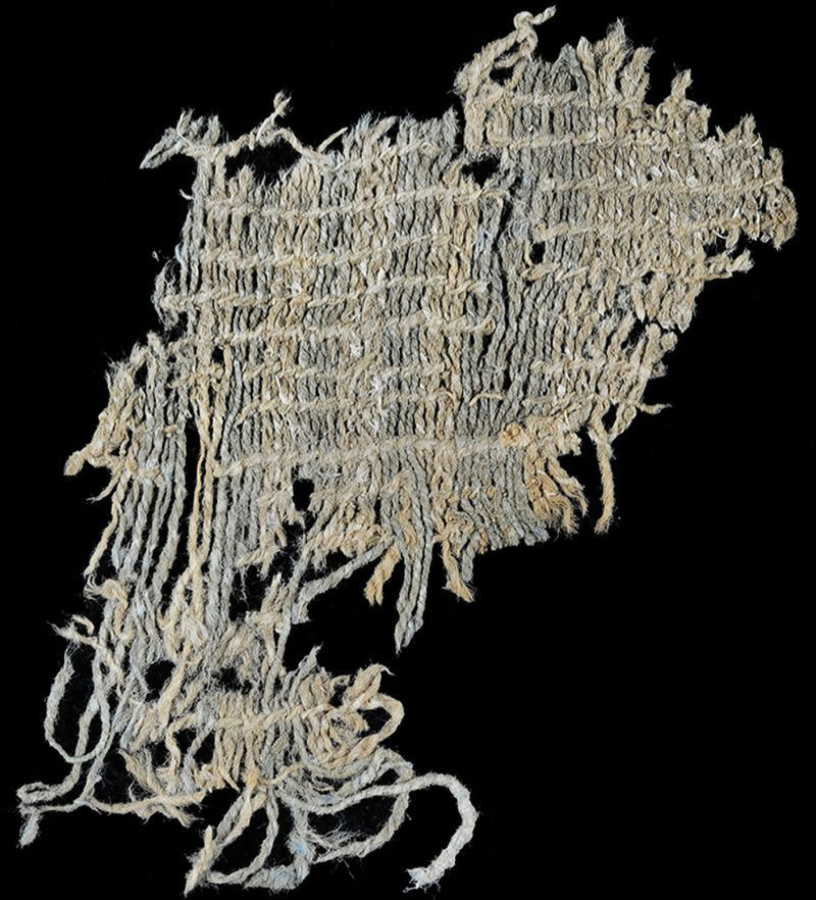Indigo dye may by older — and more American — than previously assumed. In a study published Wednesday in Science Advances, researchers report scraps of indigo-dyed fabric found in Peru that dated back to 6,200 years ago. That makes these blue jean ancestors nearly 2,000 years older than the previous oldest example of the dye, which was made in Egypt.
When researchers first examined the fabric samples, found at a site called Huaca Prieta, they were so dirty they appeared colorless. Even after careful cleaning, their blue stripes are only just barely visible.
“You could see blue in some of the samples but they were mostly gray. You know how your blue jeans fade over time? Well, these were like 6,000-year-old blue jeans,” George Washington University anthropologist Jeffrey Splitstoser, the study’s first author, told National Geographic. It took chemical analysis to confirm that the fabric contained compounds associated with blue dyes.
“It’s actually kind of a yellowish color,” Splitstoser told the LA Times. “In order to get the blue, you dip the clothes in the water with the dissolved indigo molecule, then when you pull it out it oxidizes, and that’s when it turns blue.”



